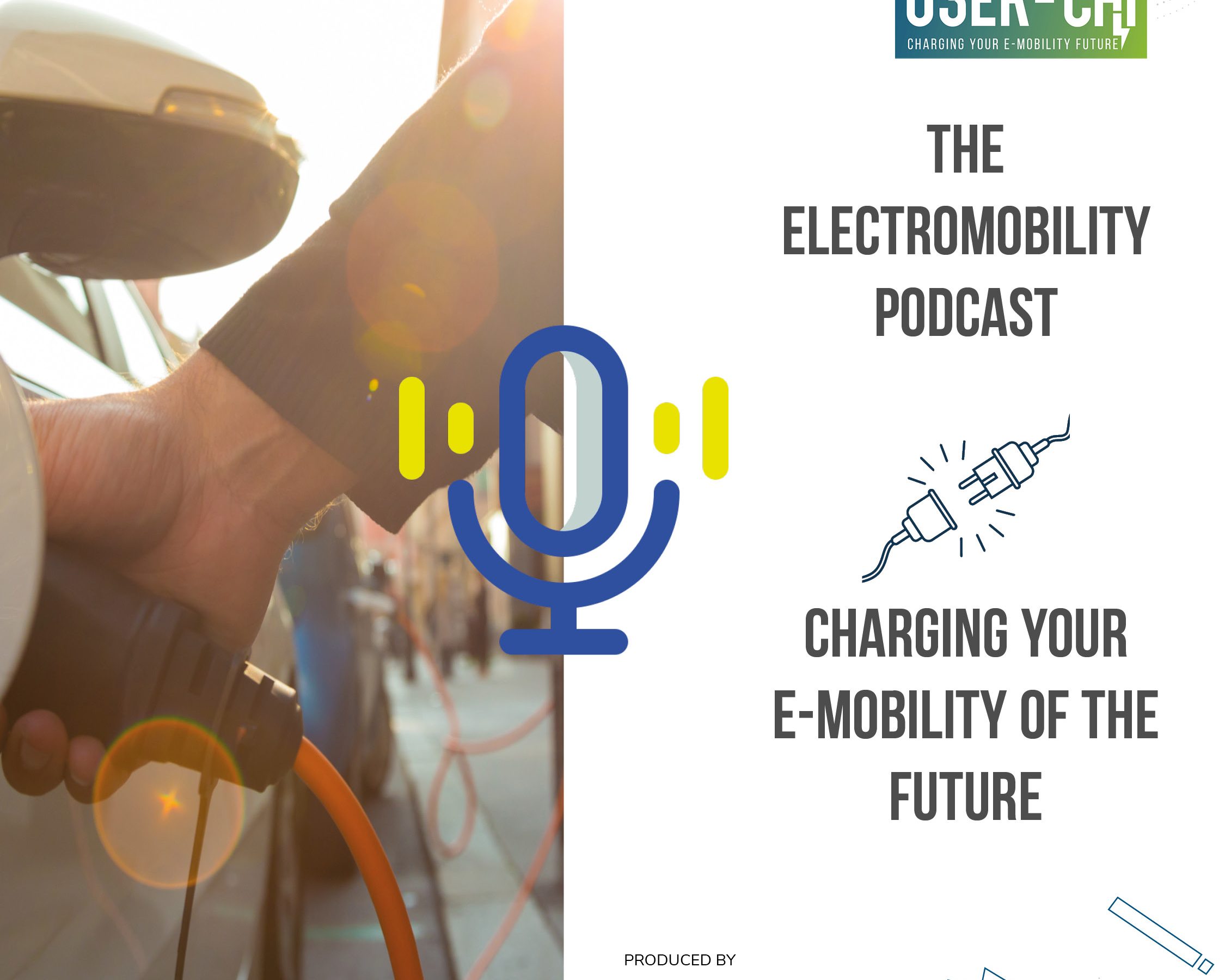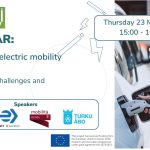Webinar Recap: Exploring the Future of Light Electric Vehicles
Light electric vehicles (LEVs), such as e-bikes, e-scooters and electric two-wheelers, can potentially assist the transition to a sustainable transport system due to their low energy and spatial demands. But their integration in cities poses some challenges. Paris’ decisions to ban shared e-scooters in 2023 triggered a never-before-seen reflection on the future of e-scooters and LEVs in general. European cities are imposing new rules to operate LEVs in the urban space to increase safety and encourage responsible use of these intermediary vehicles. Also, LEVs drivers are facing some challenges regarding the charging, from stolen batteries to unauthorized charging at the office or at home.
On July 16, 2024, industry experts, city planners, and project stakeholders gathered for the USER-CHI webinar to discuss the evolving landscape of light electric vehicles.
Regulatory Challenges and Opportunities for LEVs: A Perspective from LEVA-EU
The webinar began with an insightful presentation by Annick Roetynck from the Light Electric Vehicle Association (LEVA-EU). Annick highlighted the regulatory hurdles faced by LEVs, emphasizing the need for a dedicated legislative framework. She pointed out that current regulations are fragmented and often inadequate, as they try to fit LEVs into existing vehicle categories not designed for them. This regulatory ambiguity hampers the growth and potential of LEVs in Europe.
Annick proposed a unified approach, suggesting that all LEVs should be clearly defined and regulated under a new, specific category. This would streamline the regulatory process and promote safer, more sustainable urban mobility. She also emphasized the importance of harmonizing traffic codes across EU member states to accommodate LEVs effectively.
Innovative Charging Solutions
Pepe Marti from Silence introduced an innovative battery-swapping solution designed to address significant challenges faced by LEV users: battery life, charging time, and accessibility. This solution reduces the upfront cost of purchasing an LEV by separating the cost of the vehicle from the battery, offering a subscription service for battery rental that includes maintenance and replacement. The battery swapping process is fast and efficient, taking less than 30 seconds, and is supported by a network of over 120 swapping stations across Spain, with plans for expansion. The service is managed through an app that allows users to locate stations, reserve batteries, and track usage, ensuring a seamless experience. With many stations operating 24/7, users have the flexibility to swap batteries at their convenience, making LEVs a practical option for daily commutes and errands.
The INSOC (Innovative Smart Charging) system developed within USER-CHI project was presented on the webinar by Antonio Coccia from ENEL X Way. It represents a significant leap in the technology and usability of charging infrastructure for light electric vehicles (LEVs). Designed to cater to the diverse needs of modern urban mobility, the INSOC system combines flexibility, efficiency, and user-friendliness. The system is highly modular, allowing configurations ranging from 4 to 12 charging points, supporting both AC and wireless charging. It integrates with backend systems via the Open Charge Point Protocol (OCPP) for seamless communication and features a user-friendly interface for easy access. Built to withstand harsh weather conditions, the INSOC system ensures reliable operation year-round, while security measures like cameras and bright lighting enhance user safety. Additionally, its wireless charging component boasts a power transmission efficiency of around 90%, providing a simple, single-gesture charging experience.
Real-World Applications
The practical applications of these innovations were highlighted by the presentations from the cities of Murcia and Turku, who shared their experiences with implementing USER-CHI solution INSOC.
In the presentation from Murcia, it was explained how they integrated the INSOC charging system within a local police station. Despite logistical challenges, the project was successful in providing easy and free access to charging for users. Feedback indicated high user satisfaction, although there were some concerns about the mandatory use of an app for charging.
Oona Uusitalo from the City of Turku presented their unique approach to winter-proofing the INSOC system. They developed a bike garage equipped with solar panels on the roof to power the chargers, ensuring the system’s durability against harsh weather conditions. Additionally, they enhanced safety and accessibility with features such as automatic sliding doors, security cameras, and an innovative frame-locking system for bikes.
Turku also leveraged community engagement to combat vandalism. They organized an art competition to decorate the garage, turning potential graffiti spots into vibrant, community-endorsed murals. This initiative not only beautified the space but also raised awareness about sustainable mobility and the benefits of LEVs.
You can watch the recording of the webinar or see the presentation below for more detailed information.





